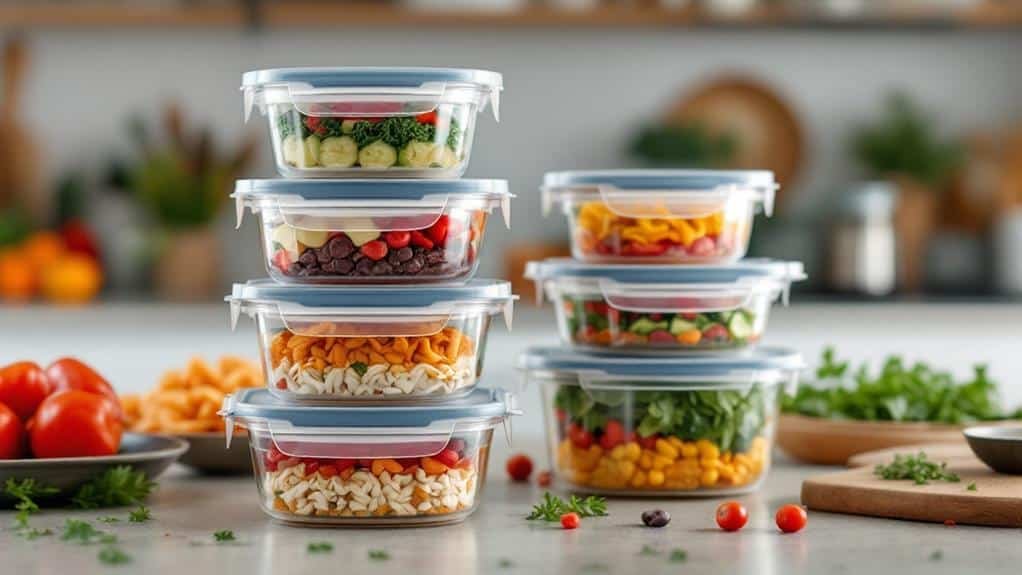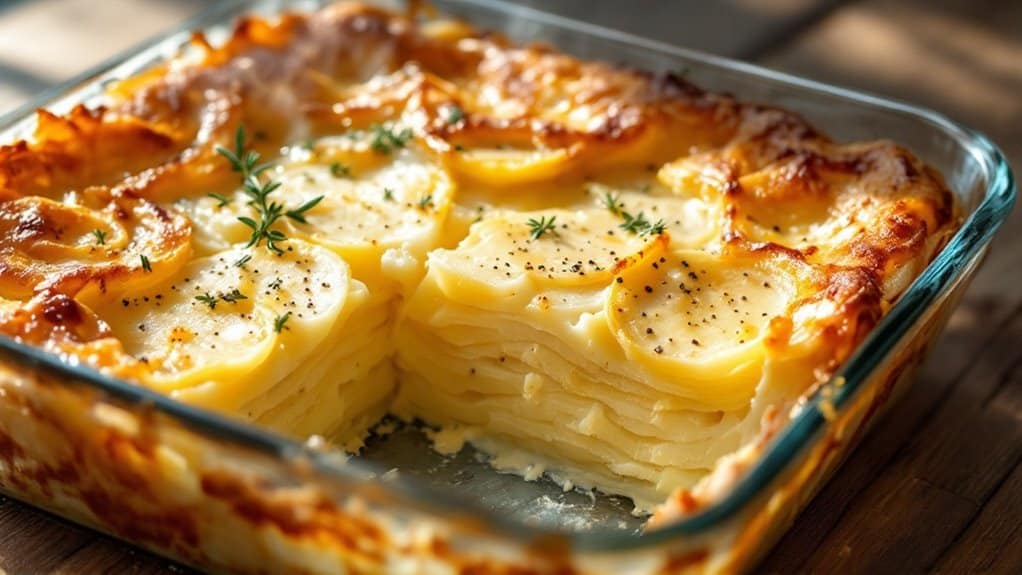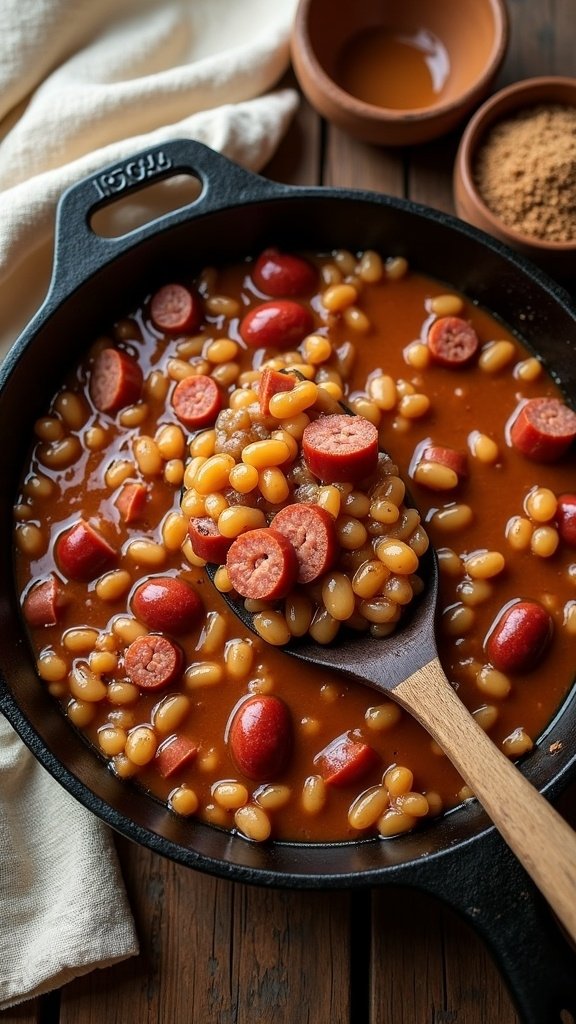Are you currently navigating the challenging waters of raising a tween? Let’s create a lunchtime routine that serves as a haven, providing meals that support the growth of your growing tween. This guide will provide ideas for meals rich in protein and fibre, tips for including more vegetables, and suggestions for hydrating beverages. Remember, you’re not just packing a lunchbox – you’re helping to build a healthier and happier future for your tween. Let’s get started, shall we?
Lunches That Fuel Growing Tweens: Key Takeaways
- Tweens require a significant amount of energy and essential nutrients daily for growth and development.
- Excessive intake of sugars can lead to health problems like obesity and type 2 diabetes.
- Protein is essential for maintaining and building muscle mass, supporting immune function, and facilitating hormone production.
- Fibre aids digestion, prevents constipation, and promotes a feeling of fullness.
Understanding Tween Nutritional Needs
As you navigate the complex world of tween nutrition, it is essential to understand that your child requires a significant amount of energy and essential nutrients daily to support their rapid growth and development. The importance of vitamins can’t be overstated. Each vitamin plays a critical role in your child’s health. For instance, Vitamin A promotes good vision and a strong immune system, while B vitamins, such as B6, B12, and folate, support brain function and energy production.
Also, take note of the impact of sugars. While they provide a quick source of energy, excessive intake may lead to health problems such as obesity and type 2 diabetes. It’s essential to distinguish between natural sugars in fruits and dairy and added sugars in processed foods. The latter should be limited in your tween’s diet.
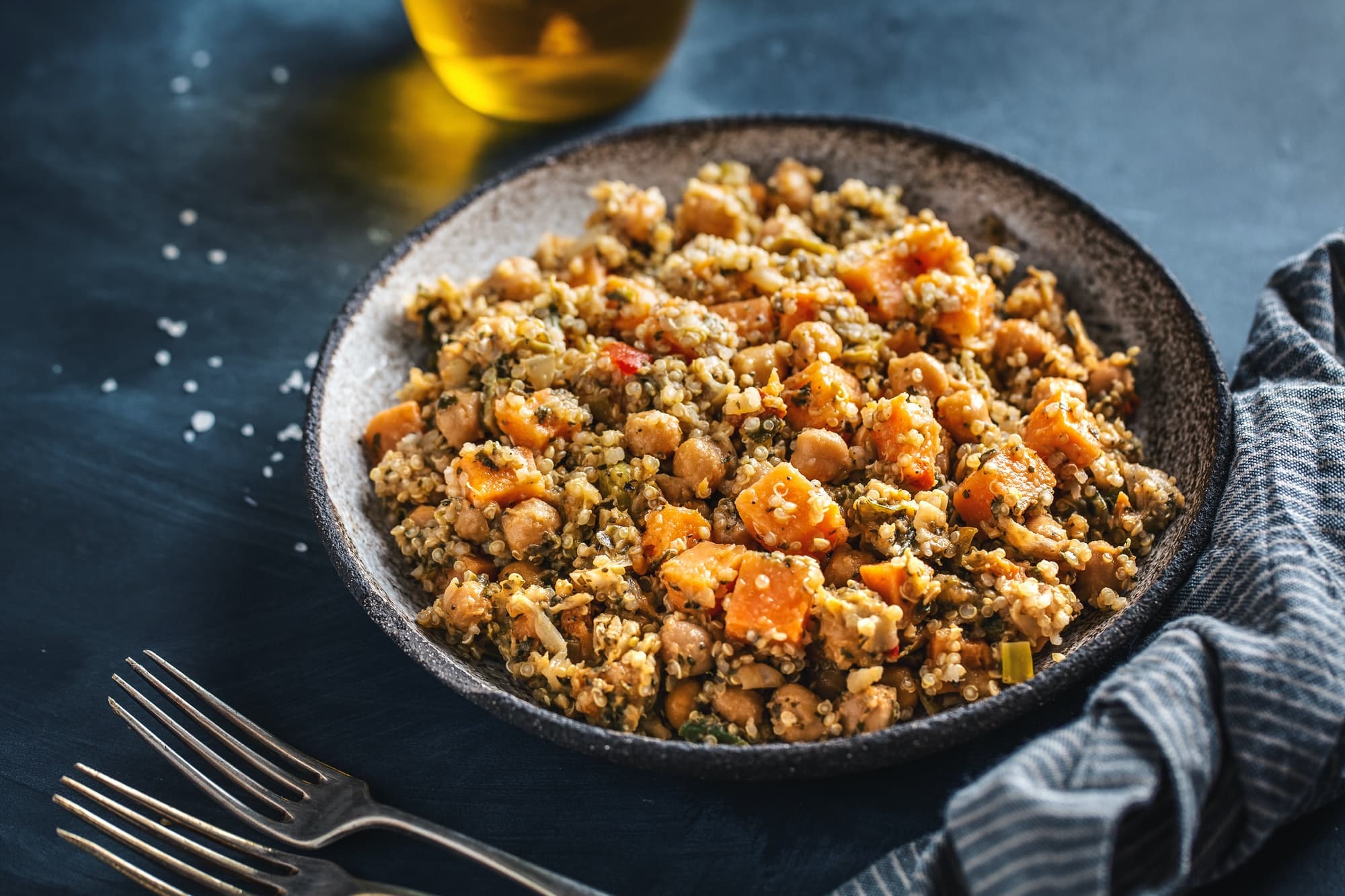
Protein-Packed Lunch Ideas
In light of the nutritional needs that fuel the growth of tweens, which we’ve explored, let’s delve into some protein-packed lunch ideas that’ll energize your tween and support their development. Protein is essential for maintaining and building muscle mass, supporting immune function, and facilitating hormone production.
Firstly, consider incorporating vegan protein sources. Quinoa salads with colourful veggies offer complete protein and a riot of nutrients. Chickpeas can be transformed into a tasty hummus spread for whole-grain bread.
Secondly, let’s not forget about allergy-friendly proteins. Sunflower seed butter, for instance, is a great alternative to traditional peanut butter, providing a substantial amount of protein. Meanwhile, allergy-friendly protein bars can be a convenient option for busy days.
Incorporating protein in your tween’s lunch doesn’t have to be a challenge. It’s about being creative with sources and presenting them in ways that appeal to their tastes. Remember, variety is key to getting a broad spectrum of nutrients. So, try different protein-packed recipes and identify what your tween enjoys the most. After all, a well-fueled tween is a happy, healthy, and productive tween.
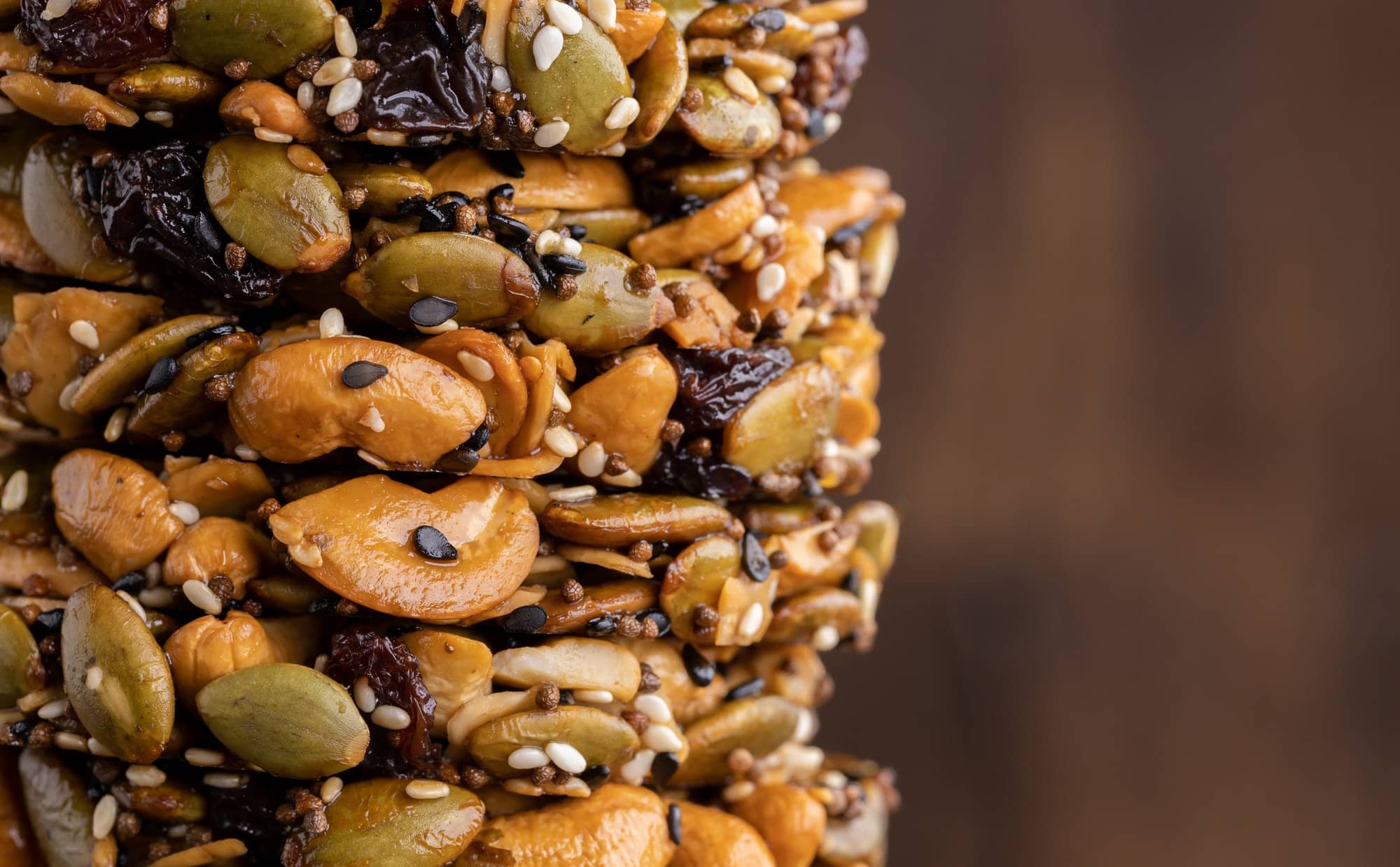
Fiber-Rich Meals to Fuel Growing Tweens
Often, you’re probably not thinking about fibre when preparing your tween’s lunch, but it’s an essential nutrient that promotes healthy growth and digestion. Let’s dive into a Fiber Benefits Exploration to gain a deeper understanding of its importance. Dietary fibre aids digestion by adding bulk to the diet, helping prevent constipation and promoting a feeling of fullness, which can help manage weight.
Now, let’s look at some fibre-friendly snacks that can be easily incorporated into your tween’s lunch. Whole grain bread, fresh fruits like apples and oranges, and vegetables such as carrots and bell peppers are great sources of fibre. For a fibre boost, brown rice, oats, and legumes like lentils and chickpeas can also be included in main meals.
Remember, while fibre is essential, balance is key. Pair these fibre-rich foods with proteins, healthy fats, and complex carbohydrates to create a nutritious meal.
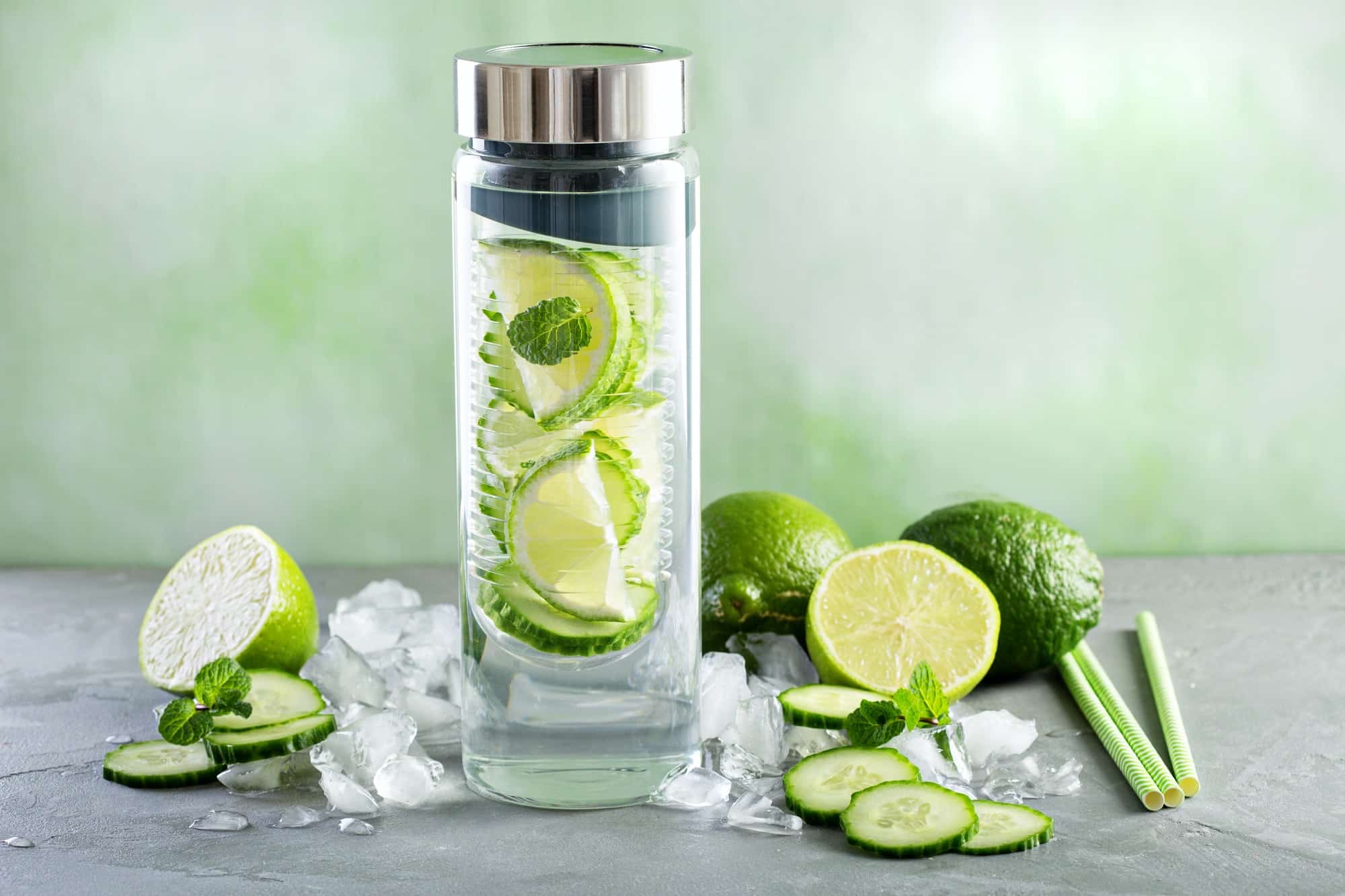
Hydrating Lunchtime Beverages
Without the right beverages to pair with their meals, your tween might not get the hydration they need during lunchtime. Beverages play a vital role in maintaining the body’s water balance, which is essential for all bodily functions. From water to milk and fresh juices, the variety of drinks is endless, offering a range of beverage benefits.
Water is a classic choice, providing essential hydration without added sugars or calories. Encourage your tween to drink at least one glass of water during lunch. Milk, another excellent option, contributes to bone health with its rich calcium content. Fruit juices should be 100% fruit-based, offering a rich source of vitamins and minerals. Be cautious with portion sizes, as they can contain high sugar levels.
Flavoured water or herbal teas can be interesting alternatives for tweens who find plain water boring. These drinks keep hydration fun and appealing. However, it’s essential to avoid artificially sweetened beverages, as they can lead to an unhealthy preference for sweet things.
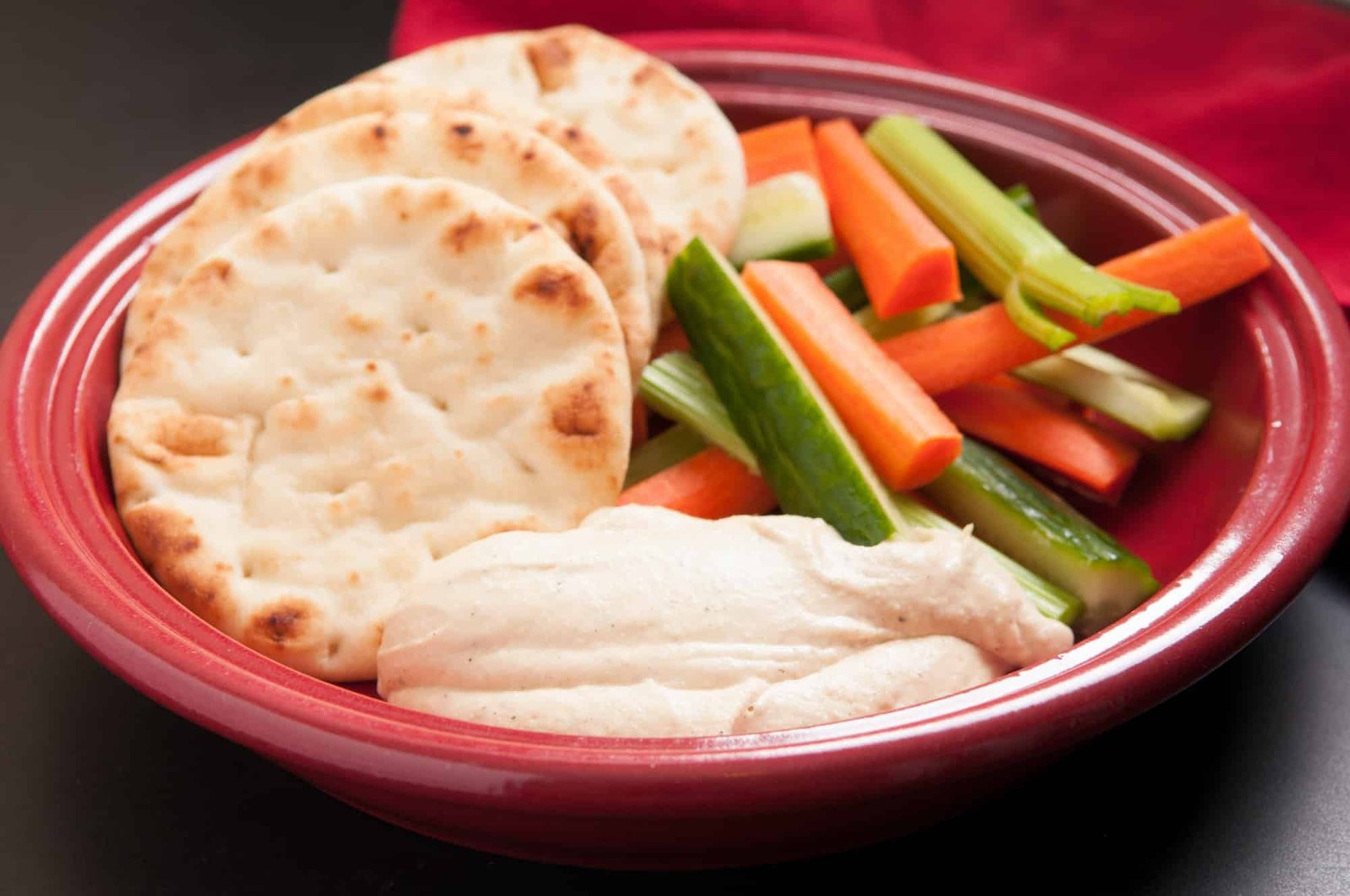
Creative Vegetable Incorporation Tips
Beyond hydrating beverages, you’ll also want to focus on incorporating a variety of vegetables into your tween’s lunch in creative and appealing ways. Here are some innovative tips to increase fuel-growing tweens’ vegetable intake:
- Veggie art projects: Encourage your child to create fun shapes and figures with their veggies. This not only makes lunch more exciting but also fosters creativity.
- Hidden Vegetable Recipes: Incorporate vegetables discreetly into meals. For instance, blend spinach into a smoothie or sneak zucchini into muffins.
- Vegetable dips: Make veggies more appealing by serving them with healthy and tasty dips, such as hummus or guacamole.
- Colourful salads: Use a mix of colourful vegetables to make salads more visually appealing.
- Vegetable wraps: Use lettuce or cabbage leaves as a wrap for sandwich fillings.
Lunches That Fuel Growing Tweens: Conclusion
Fueling your tween’s growth shouldn’t be a daunting task. You’re on your way to meeting their nutritional needs with protein-packed lunches, fibre-rich meals, and plenty of hydration. Don’t forget to get creative with veggies – they’re the secret ingredient to a healthy, vibrant life. Now you’re prepared to pack a lunch that’s not just a meal but a powerhouse of growth and energy. Remember, nutrition is the stepping stone for a thriving, robust future.
Additional Resources
General Tween Nutrition Guidelines:
- Health Canada’s Eating Well with Canada’s Food Guide: This official guide provides comprehensive information on healthy eating for all ages, including specific recommendations tailored to children and youth.
- Dietary Guidelines for Americans 2020-2025: Although U.S.-based, these guidelines offer valuable insights into nutritional needs across various age groups, including tweens.
- The Academy of Nutrition and Dietetics is a professional organization that offers evidence-based nutrition information and resources for various life stages, including adolescence.
Specific Nutrient Needs for Tweens:
- The American Academy of Pediatrics: This organization provides resources and articles that explicitly address the nutritional needs of children and adolescents, including the importance of protein, fiber, and hydration.
- The Dietitians of Canada: This organization offers a wealth of information on nutrition for all Canadians, including resources tailored for specific age groups and health concerns.
Additional Tips & Ideas:
- ChooseMyPlate.gov: This website provides practical tips and tools for building healthy meals and snacks for all ages, including ideas for incorporating more vegetables into your tween’s diet.
- HealthyChildren.org: The American Academy of Pediatrics website offers various articles and resources on healthy eating for children and adolescents, including tips for packed lunches and snacks.


